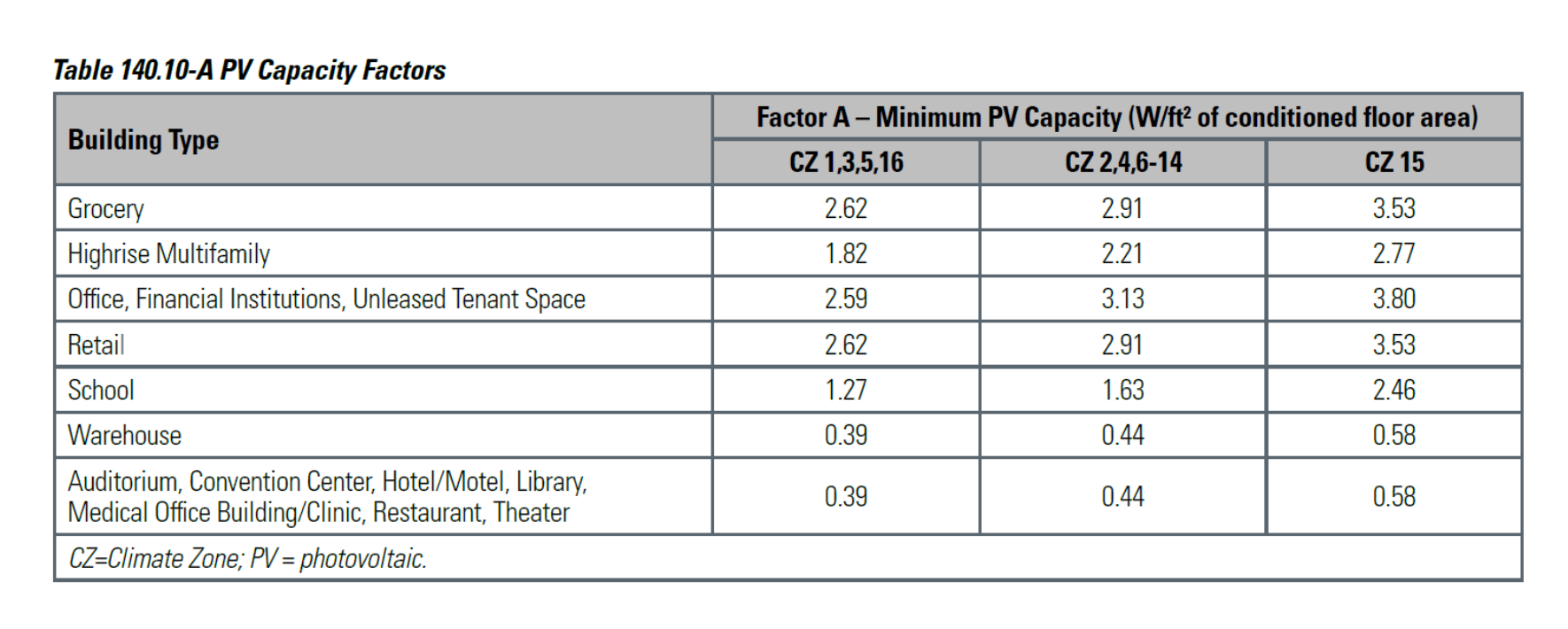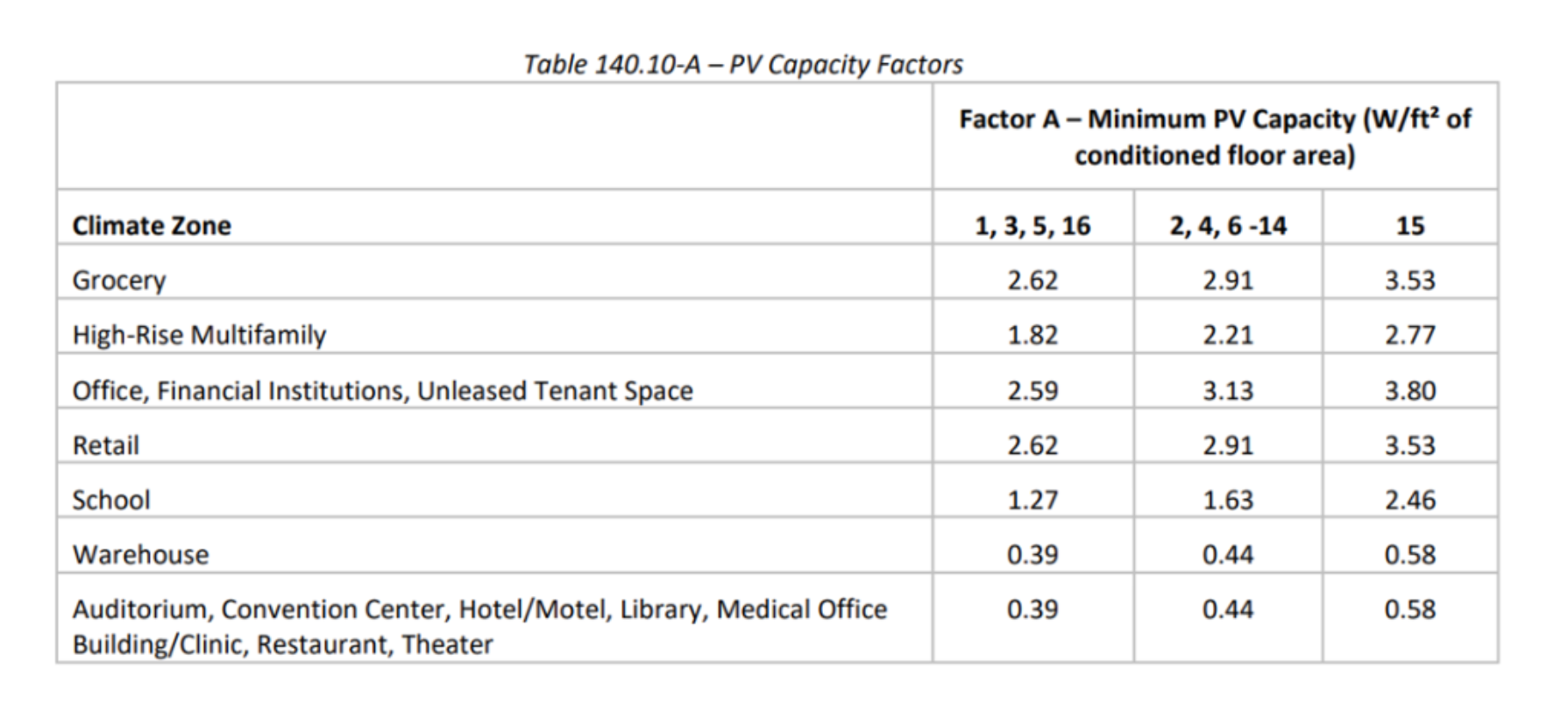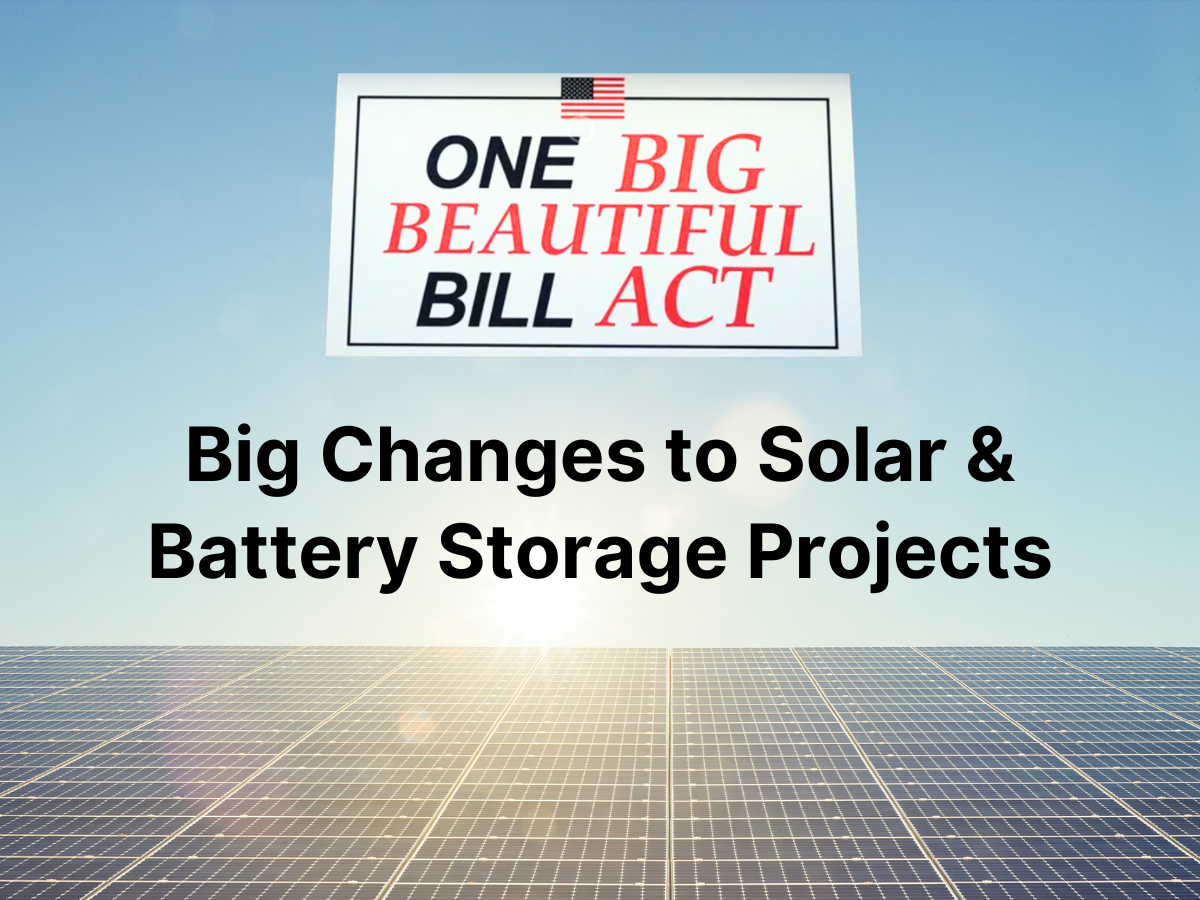Title 24: New California Solar Codes Effective January 1, 2023
California's Title 24 energy code, also known as the 2022 Energy Code, requires all new buildings and some commercial buildings to have solar photovoltaic (PV) systems and battery storage systems installed.
What Buildings Require Solar in California?
New Buildings
All new buildings, including additions to existing buildings, must have solar PV systems and battery storage systems. The size of the PV system is based on the building's conditioned floor area, capacity factor, building type, and climate zone.
The size of the battery storage system is based on the size of the solar system. However, some buildings may not need a battery storage system if the PV system is less than 15% of the required size, or if the building has an ESS requirement of less than 10 kWh rated capacity.
Commercial Buildings
Warehouses
Unleased tenant space
Schools
Multifamily (4 or more stories)
Offices and clinics
Hotels and restaurants
Civic buildings (theaters, auditoriums, convention centers)
Retail & grocery stores
How Much Solar Does My Building Need?
The amount of solar is based on this equation: kW dc PV = (CFA x A) / 1000
CFA: Conditioned Floor Area (SF)
A: Capacity factor (by building type and climate zone)
Which Buildings Are Exempt?
Total available solar access roof area (SARA) is < 3% of the conditioned floor area
SARA is less than 80 square feet
Required photovoltaic system is less than 4 kWdc
Multi-tenant buildings without virtual net metering (VNEM) or community solar program is unavailable
Mixed occupancy buildings with ≤ 79% floor area constitutes a building type not listed in Table 140.10-A (below)
Electric Vehicle (EV) Charging
What stays the same?
EV Capable Spaces require power, panels, conduit, and stubs to the minimum number of parking spaces.
What’s new?
EV charging stations must be physically installed at buildings with 26 or more car parking spaces.
Need help navigating compliance?
Building owners and developers are required to comply with these evolving requirements. To understand if your projects are exempt from battery storage or to find out how much solar is necessary, GAIA offers Solar Owner Rep. services to support owners through the process.
Purpose of California Green Building Standards Code also known as CALGreen.
The purpose of this code is to improve public health, safety and general welfare by enhancing the design and construction of buildings through the use of building concepts having a reduced negative impact or positive environmental impact and encouraging sustainable construction practices in the following categories:
1. Planning and design
2. Energy efficiency
3. Water efficiency and conservation
4. Material conservation and resource efficiency
5. Environmental quality
New new solar regulations are effective January 1st 2023
(Yes, the title is confusing)
For questions reach out to: ownerrep@gaiasolarsolutions.com










